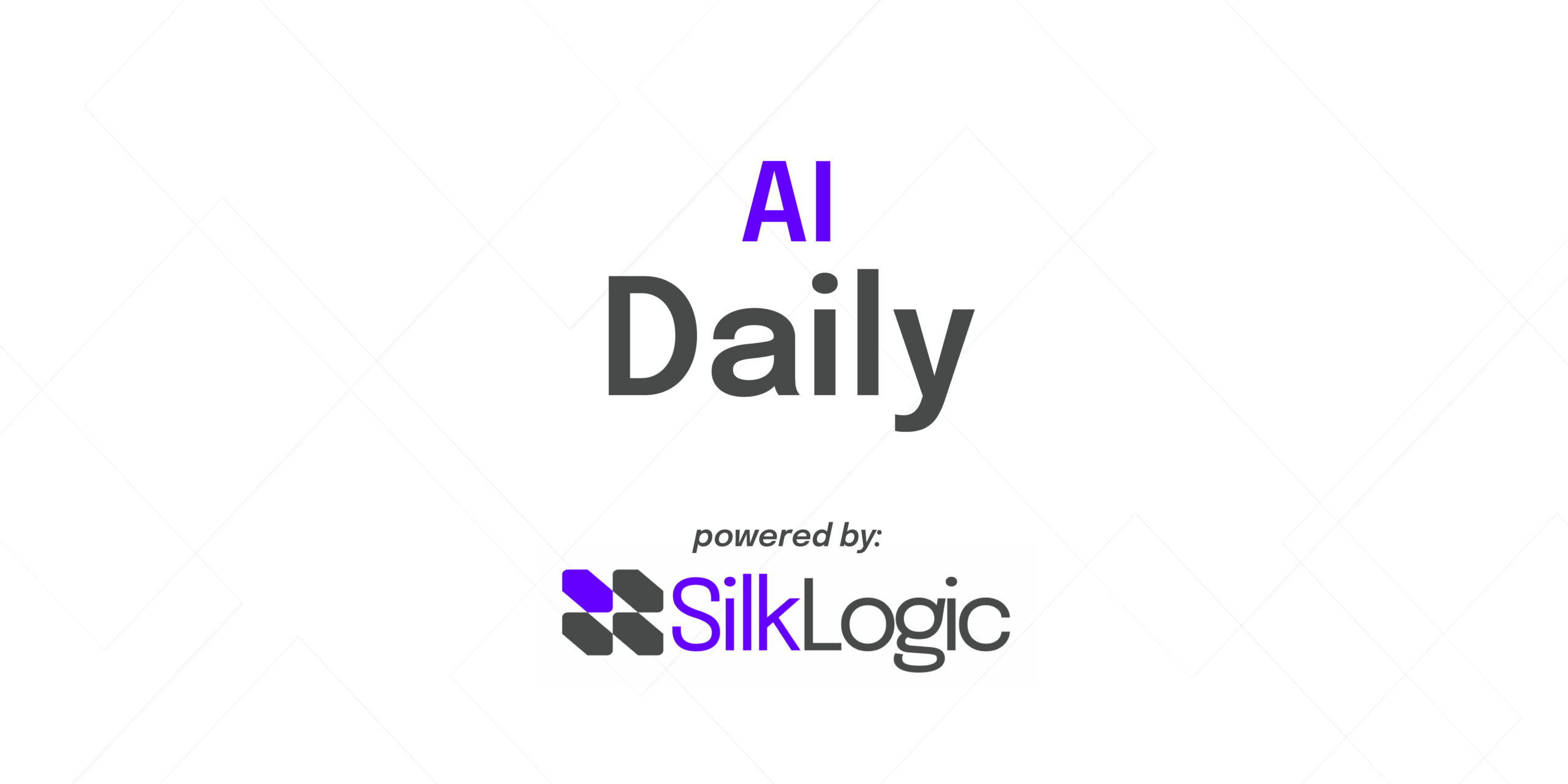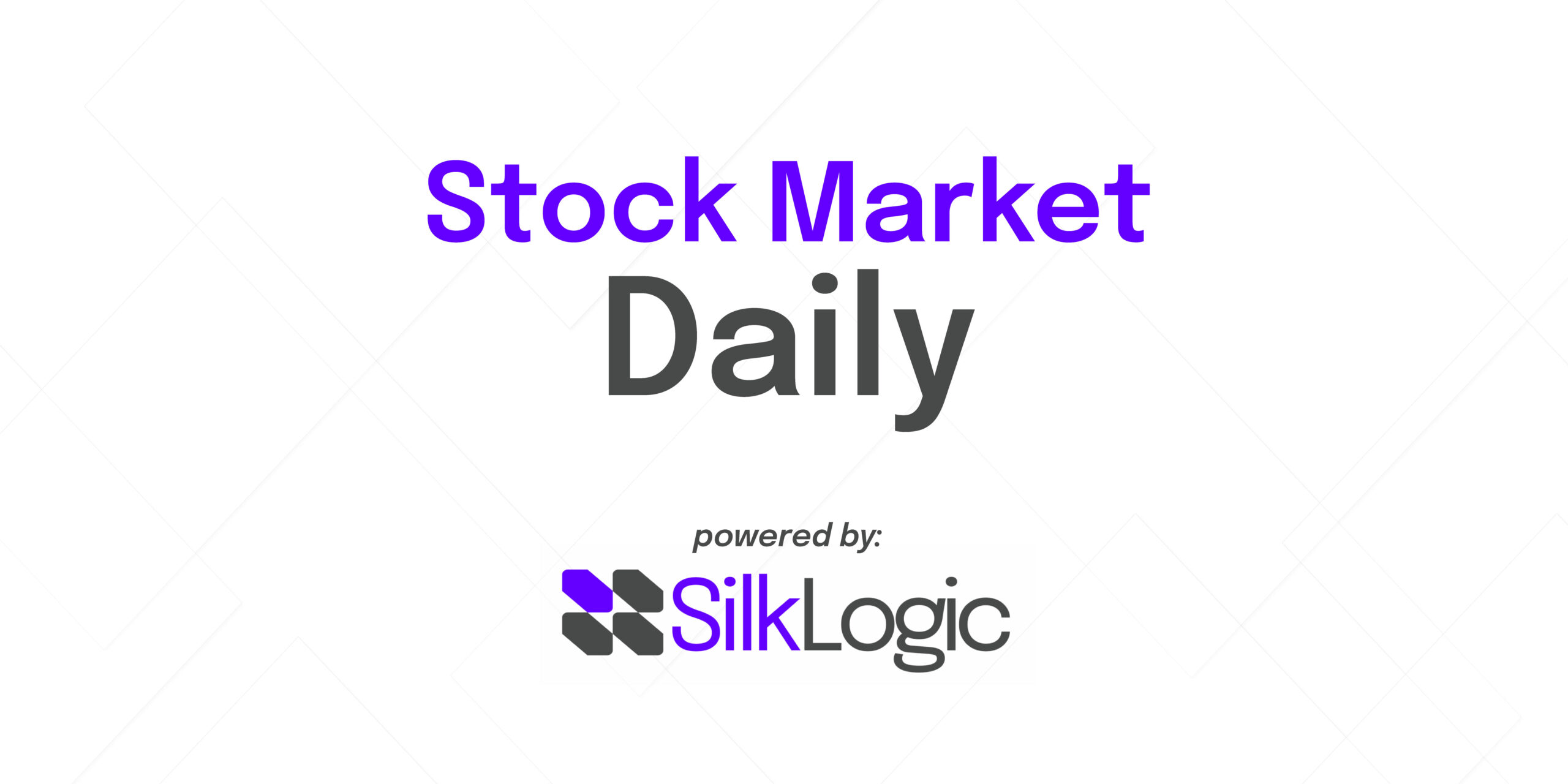Why Waymo’s Robotaxi Moves Matter for Every Business Leader
Artificial Intelligence (AI) isn’t just about tech giants making headlines. It’s quickly becoming the backbone of smarter, leaner businesses—and the latest news from Waymo’s expanding robotaxi partnerships is a lesson every executive should watch closely. As Waymo gears up its collaborations with Uber, Lyft, and now Via’s Chandler Flex, it’s not just about more self-driving cars but a playbook on innovation, risk-taking, and real-world AI adoption that spans industries.
Why should this matter to you now? Because the pace of AI and automation is accelerating, and the leaders who act today will shape the opportunities—and the market—in the years ahead.
AI Collaboration: A Roadmap for Growth and Resilience
Waymo’s latest moves highlight a crucial trend: strategic partnerships are key to scaling new AI-powered services. Rather than only going solo, Waymo is teaming up with established players like Uber and Lyft to reach more riders, while also experimenting in niche markets like Chandler Flex’s microtransit program.
- Established Brands, Expanding Reach: Tapping Uber and Lyft means instant exposure to riders who already trust those platforms, speeding up adoption of new tech.
- Experimentation at Scale: Waymo isn’t afraid to try new business models at both the mass and micro levels, constantly learning what works and optimizing by data.
For business leaders, these strategies signal that transformation often requires collaborating outside your usual ecosystem. AI roadmapping must consider not just in-house tools, but alliances that remove barriers and maximize reach.
Real-World Applications: Beyond the Robotaxi
The Chandler Flex partnership stands out as more than just a transportation story. By using AI-powered routing in microtransit (on-demand, shared vans instead of fixed-route buses), Waymo and Via are exploring how AI can solve stubborn challenges like:
- Cutting operational costs for public and private transit
- Filling service gaps in communities underserved by legacy solutions
- Scaling electrification and sustainability goals through smart coordination
This is a blueprint for digital transformation—and not just in mobility. Think of other sectors: retail, logistics, healthcare. Wherever inefficiencies exist, AI can optimize resources, automate routine decisions, and unlock new customer value.
Practical Takeaways: Building Resilient AI Strategies
- Start Small, Scale Fast: Pilot programs like Chandler Flex allow for affordable, low-risk experimentation before wider rollouts.
- Leverage Existing Networks: Collaboration (not just competition) can be the shortest route to AI ROI.
- Data-Driven Decisions: Continuous learning and rapid iteration, as demonstrated by Waymo, are critical to finding what truly works.
At Silk Logic, we empower leaders to map their unique AI journey—from identifying high-impact use cases to customizing solutions that integrate seamlessly with existing workflows. Whether it’s roadmapping your automation strategy or optimizing processes, every step should be data-informed and business-driven.
Avoiding Common Pitfalls: Lessons in Humility and Adaptation
Adopting AI isn’t without its obstacles. Waymo’s willingness to partner, test, and sometimes pivot reminds us:
- Not every experiment becomes a standard. What matters is learning fast and adapting.
- Even tech leaders acknowledge brand recognition takes time—don’t expect immediate returns, but keep building credibility and trust.
- Infrastructure changes (like microtransit) often need stakeholder support and community buy-in.
Executives should balance ambition with realism—set clear metrics, communicate transparently, and prepare for both quick wins and longer-term transformation.
The Stakes: Moving Ahead or Falling Behind
AI adoption is not slowing down. Leaders who take steps now—through partnerships, experimentation, and strategy—will capture advantages in cost savings, agility, and customer loyalty. Those who hesitate may find themselves unable to catch up as industry standards shift underfoot.
Ready to take action? The first step might be as simple as assessing your organization’s AI readiness or exploring how custom automation can solve your biggest pain points.
Conclusion: Will Your Business Drive Transformation—Or Get Disrupted?
Waymo’s robotaxi journey isn’t just about cars driving themselves—it’s about how bold organizations use AI to rethink models, embrace collaboration, and put innovation on the road, today. The question isn’t if, but how your industry will be transformed by smart automation and intelligent partnerships.
If you’re ready to turn AI into your competitive advantage, now’s the time. Will you lead the next wave—or watch others pass you by?





